Portrait Format – Terra Incognita

Christopher Columbus called the land, which he wanted to discover in the 15. Century, “Terra Incognita”.
This „unknown land” is still to be discovered under the criterion “format” for a majority of the landscape photographers today.
Portrait format – “Terra Incognita”
In communities, discussion boards and on homepages the attentive landscape photographer can observe the phenomenon that only insignificant little landscape photos in portrait format can be found.
The landscape format for landscapes
Here is a short statistic evaluation:
- Number of portrait format photos in a German photo community, nature channel: 7% (7 of the first 100 photos)
- Compared with the number of portrait format photos in the popular photo magazin “mare”: 57% (all photos of a magazine were counted)
How does it come to this serious deviation?
Nowadays many photographers don’t come to the idea to use the portrait format because they are influenced by watching photos on a screen.
There is always a way…
…to do both formats.
Portrait Format on the screen?
The computer screen is in landscape format. And the webdesign of nearly every webpage is designed for showing content in landscape format.
It is not easy to show photos in portrait format on a computer without disturbing the milieu it is shown in. The screen dominates the perception of viewers and photographers. The more time you spend in this milieu the more you are getting used to landscape format.
Lots of viewers are sharing and studying photos in communities like Flickr or photo.net. They wanted to become a better photographer and therefor they are copying the ideas from others. The habit of copying ideas in such communities helps spreading landscape format like a plague. The perpetuum mobile of plagiarizers!
Landscape Photos in Portrait Format are tricky
Composing landscape photos in portrait format is challenging too. Especially with a wide angle lens and down on the ground objects and lines are reacting really sensitive. A small change of the cameras position could ruin the whole composition. As a result many photographers are using the more comfortable landscape format.
Even if digital media are an important place to promote or show photos, they are not the only media to make money with photos. There are also print media, which pays us landscape photographers very well.
Double sized or…
…single side?
Who wants to work productively always tries to offer a motif in both formats. Editors like that so it is more likely that they help you feeding your family.
Of course you will get different photos of one and the same motif if you are taking them in different formats.
The portrait format has many creative possibilities the landscape format has not. Especially in wide angle with an interesting foreground object you gain more depth than in landscape format. And you can easily reduce width in portrait format. Height can also be more in focus of portrait format photos.
Objects in the foreground…
…are working with both formats.
I will give you some hints to help you working on your portrait format portfolio:
- Working as a pro- portrait- landscape- photographer keep an eye on what’s laying on the ground. There is always something interesting to use as a foreground object. Well placed foreground objects are the key for great wide angle portrait format photos.
- Working with a tripod helps you composing your image because placing objects in the outer boundaries of the lens is tricky. The tripod helps you moving your camera in small steps. It helps you also calibrating your view while the mounted camera keeps the frame.
- You have to pay attention of your depth of fields. Objects in the foreground demanding a long range of sharpness. Try apertures above f11 to gain a crispy sharpness or use a tilt and shift lens.
- Have an eye on a relationship of foreground and background objects, otherwise foreground and background loose each others.
- “Out of the hip shooters” and tripod refusers should try a battery grip. It helps you using your camera without spasm. So you get a simpler and more comfortable entrance to the portrait format.
How much percent of photos in portrait format do you have in your portfolio?

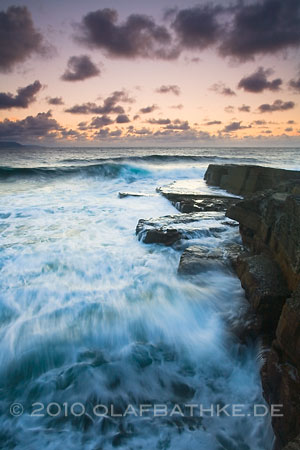
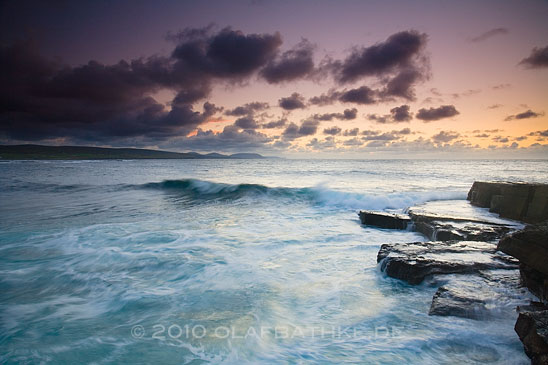

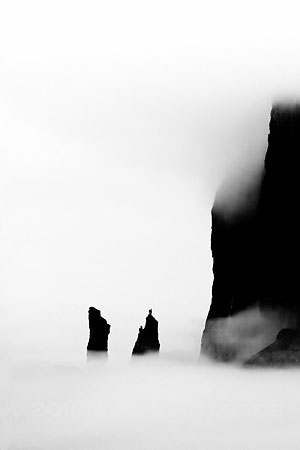
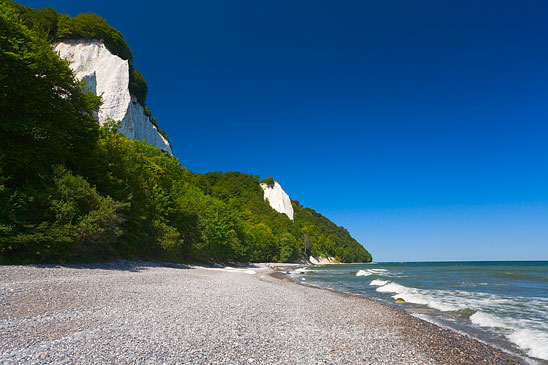
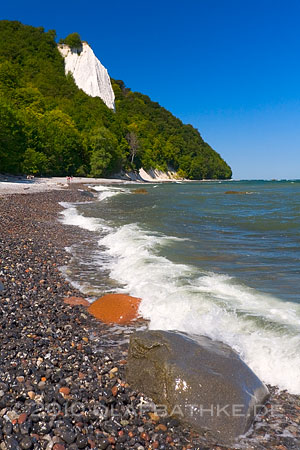
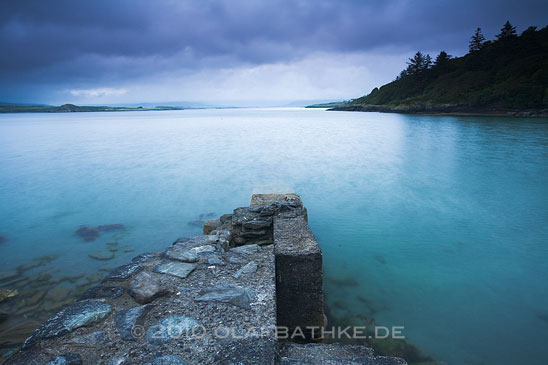
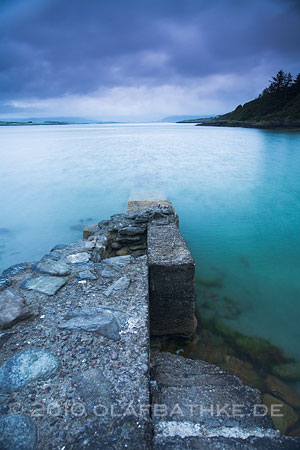
August 5, 2011 at 06:31
Turki
This is interesting Olaf, but do you mean that the converting between landscape and portrait is something that we can do during the editing process or we have to take care of it while we are taking the picture? In another words, dose any landscape picture that I took using my 10-20 is ready to be portrait picture?
Thank you for this great article
August 5, 2011 at 07:41
olaf
Turki: I don’t want to say, that you have to crop a landscape format photo to a portrait format. It is important to be aware that most people don’t even think in portrait format. If you want to sell photos the portrait format is especially for print very important. Of course, a portrait format will be a different photo than a lanscapde format photo of the same object. Editors will probably not care about. For as a photographer it is important to know that you can develop different visions in portrait format. Hope that helps…
photosee: At the moment is wedding season, not much time. But I will be in scotland and working on some articles. So keep in touch…
August 2, 2011 at 18:44
Olivier Du Tré
Great Post Olaf. Hey if the scene is interesting shooting horizontally, it sure will be also interesting vertically. Sometimes it depends on what lines in your composition you want to emphasize.
Great saying that we are getting brainwashed by seeing photos on screens. Never thought about that but it is absolutely true!
August 2, 2011 at 21:18
olaf
THX Oli. The Chief Editor of Germans Mag mare told me about the problem. My agency loves getting both variantions of a scene. Most photo buyers are not intersted in the original vision but in the location and the colors.
Pingback: Fayiz Melibary
Pingback: Thamer Al-Hassan
Pingback: adidap
January 18, 2011 at 10:51
Bernd Limbach
Oh, that’s a difficult question, but I certainly also use portrait mode for landscapes. Especially when shooting panoramas, but I guess that is another story.
January 18, 2011 at 13:12
olaf
@it is not:) I have seen great photos in portrait format taken by a panorama camera. I am not sure if Dylan McBurney is still showing his panorama work.
Pingback: Olivier Du Tré
January 14, 2011 at 19:35
Hauke
Nice analysis and a ‘bitter truth’ for all them community “ah’s and oh’s”-astonished copymasters.
H
my pro landscape portfoilo contains 110 pics in total. 67 portrait format, 17 squares and the rest… well 😉
January 14, 2011 at 20:41
olaf
@Hauke: Thanks for sharing. Your quota is quite fine.
@all: If your work is archived in Lightroom, you can count really easy via filtering in Library mode: Choose a Column under Metadata and mark it with aspect ratio…
Pingback: howi
Pingback: Olaf Bathke
Pingback: OlafBathke